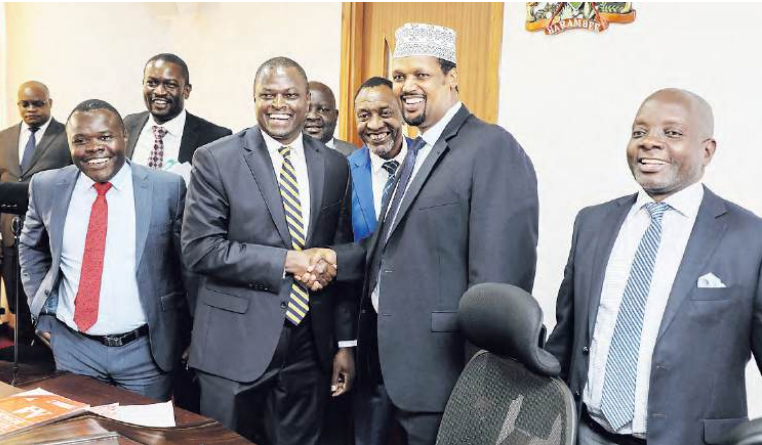

Efforts by Parliament to unlock Sh387 billion to the counties have faced a new hurdle that threatens to delay release of the cash.
The Senate and the National Assembly are struggling to raise two-thirds of their members to overturn President William Ruto’s memorandum that allocated the counties Sh380 billion.
In the memorandum that came after the withdrawal of the Finance Bill, 2024, Ruto rejected the County Allocation of Revenue Bill, 2024 which had given the counties Sh400.1 billion.
Instead, the President, in the July memorandum, slashed the allocation to Sh380 billion, dealing a blow to the counties.
“In exercise of the powers conferred on me by Article 115 ( 1 ) (b) of the constitution, I decline to assent to the County Allocation of Revenue Bill, 2024 and refer the Bill for reconsideration by the Senate,” Ruto said.
“I recommend that the Bill be amended by deleting the First Schedule and replacing it with a schedule that is attached to the memorandum.”
However, the senators and MPs rejected the Sh380 billion and instead gave the counties Sh387 billion after a prolonged mediation.
Initially, MPs had concurred with the President, but the senators rejected it and insisted on Sh400.1 billion. The standoff triggered a mediation which settled on Sh387 billion. Article 114 ( 4 ) of the constitution requires either House of Parliament to raise at least two-thirds of its members to overturn or amend the President’s memorandum.
Yesterday, senators failed to raise the required numbers to overturn the President’s memorandum during the morning session.
In the afternoon, the session speaker was forced to order a quorum bell to be rung for 15 minutes to get the required numbers.
House leaders lobbied intensely with senators not physically present, voting virtually. At the end, 34 delegations voted to reject the President’s memo and transition the same to the National Assembly.
At least 233 members of
the National Assembly are required
to overturn the memorandum.













